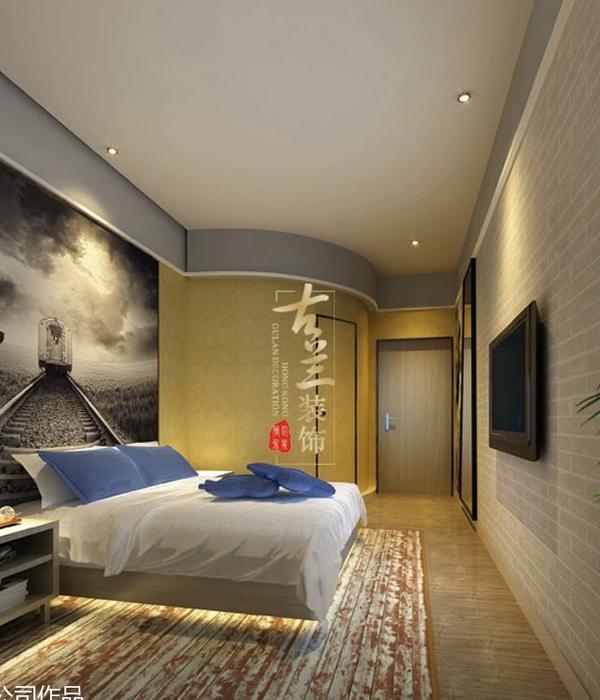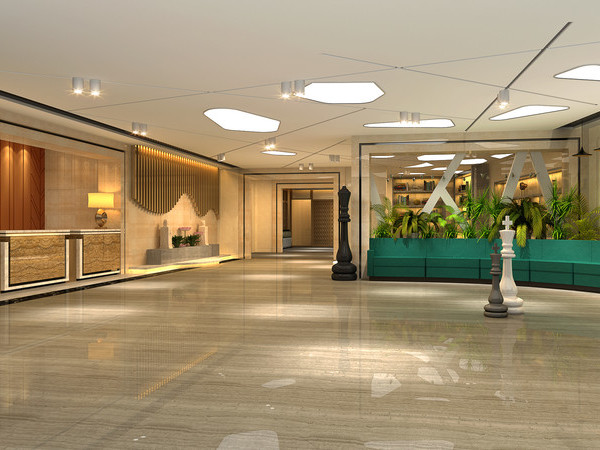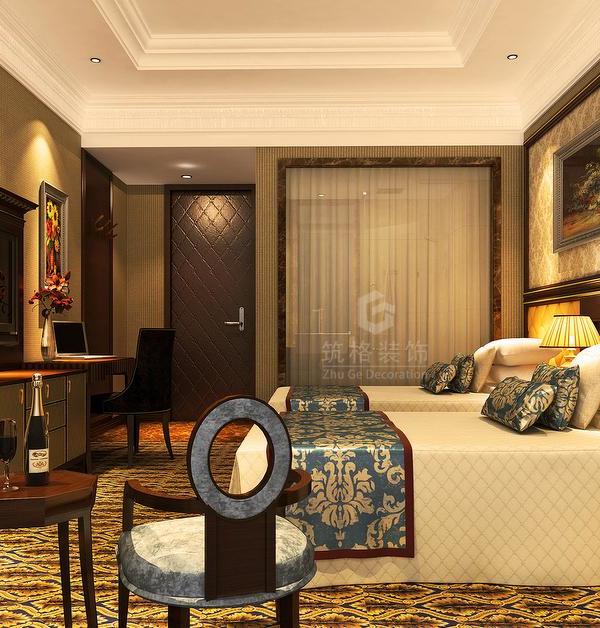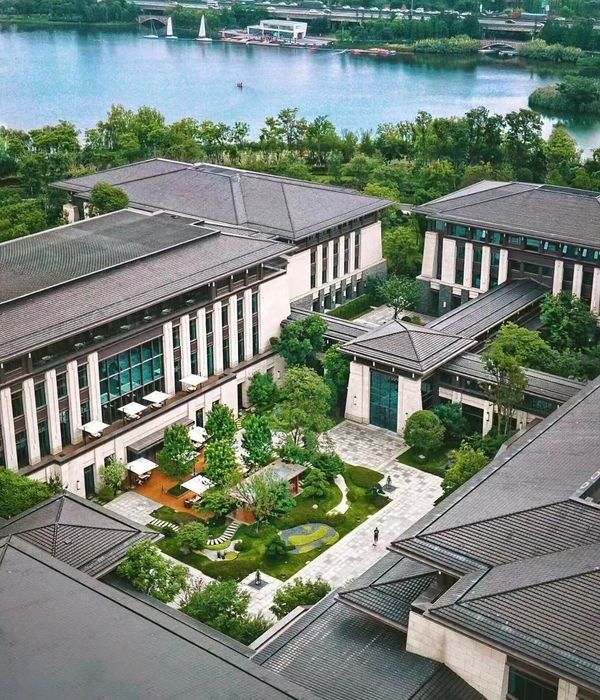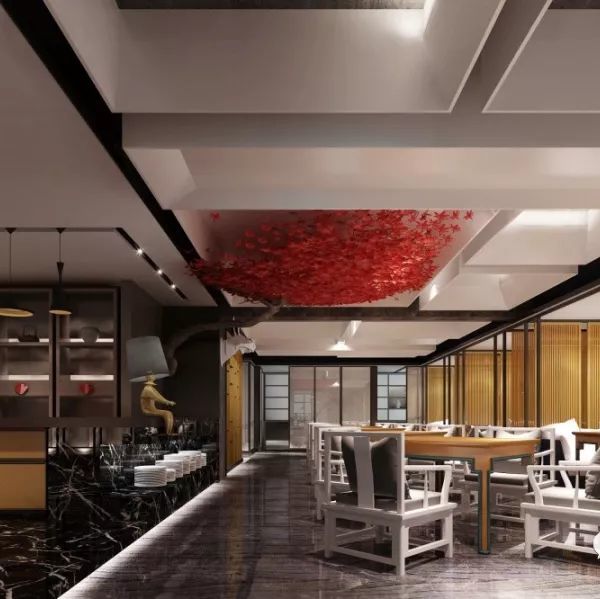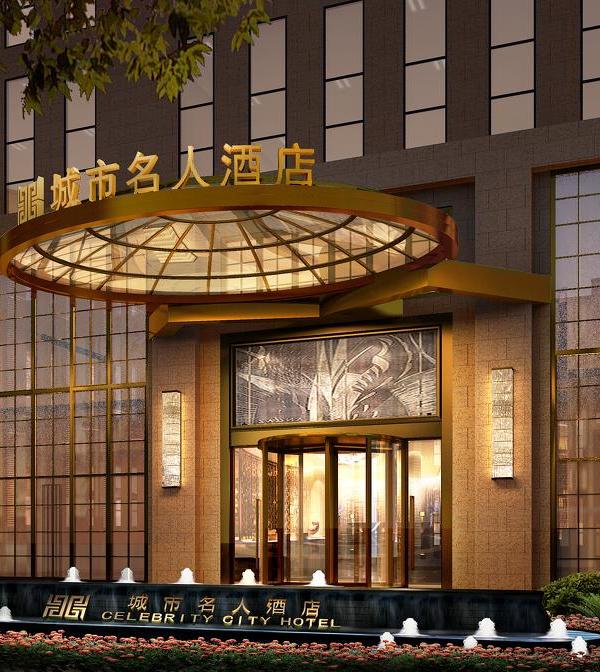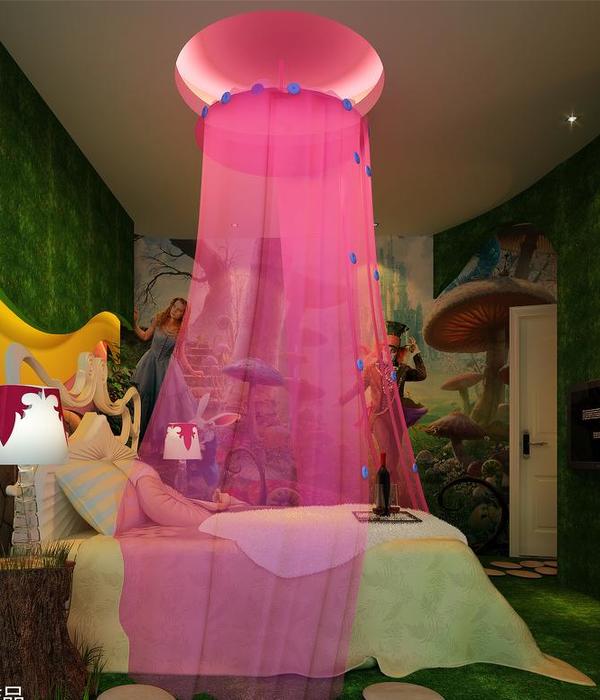Il Castle of Granarola, was strongly linked to the agricultural economy of the area around him. Its name comes from the term granarium with the addition of the suffix iolus, granariolus, which means, small barn. It’s a common thought that already existed in Roman times, the pits for storing grains produced in the neighboring valleys. With the Late Antiquity, the name Mons Granorum or Granatuum, was popularized in Granarolum. This name gives us the certainty that in this area, already in the High Middle Ages, was widespread the cultivation of cereals. Between the fifth and the eighth century, Italy was invested by a strong climate change; heavy rains and a temperature’s lowering altered the territory and the settlements anthropologists on it. Even the plain at the foot of Granarola suffered this new situation. The Tavollo river, a tributary of the Ventena river, broke its banks to Fanano, going to flow between Cattolica and Gabicce, like a veritable torrent. So there were periods of floods which caused unhealthy microclimates situations, bringing the local population to migrate to the surrounding hills, healthier and more defensible. In all probability it was around the sixth century that the first fortified units were built on the top of these hills, by the Byzantines. In the specific case of Granarola, already existed units of the imperial era, and peoples settled on them expanding the Castle. The first historical indication of Granarola like a castrum dates back to 998, and the Castle was owned by the archbishops of Ravenna for over a hundred years. A parchment dated 1192, illustrates the Castle already surrounded by a boundary wall. So at the end of the twelfth century, urban development was now complete and the Castle could be considered “urbanistically arranged”, with stone’s walls, with the wood that hid the view from the valley, and a moat. In 1227 is also mentioned the burgus, the small cluster of houses outside the walls, built around the parish of San Cassiano and in the area in front of the church. This is a sign of good health of the Castle, and a political security that allowed the rise of agglomerations even outside thewalls. The modern settlement of Granarola was born in the Low Middle Ages, when were placed the foundations for the entire agricultural economy of the valley. In December 2008 BRANDINA begins therestoration of the ancient Castle of Granarola, one of the precious few remaining castles of the lands of Malatesta. In the belief that the artistic, historical and architectural Italian heritage should be preserved, BRANDINA took care privately of the purchase and the complete renovation of the Castle. The love for the land kicked off the project, together with the desire to getting around the degradation, the artistic and historical neglect thatdisfigures the beautiful country. BRANDINA has dedicated their ideas and energies to its restoration, to bring in 4 years the complete structure to its ancient glory. The building site has involved laborers of the area and local professionals, preserving the architectural identity of the Castle and redesigning its interiors. In continuity with the unique history of this place, the name of the Castle wasn’t changed.
Now the first Long Stay House by BRANDINA welcomes guests from around the world in 9 exclusive refuges from everyday life, where space, time and silence take on new forms.
In December 2008 the restoration of the ancient Granarola Castle began, a small medieval fort, which is surrounded by nature on a hill between the Romagna and the Marche. With a history of 1200 years, the Granarola Castle is one of the precious few remaining castles of the lands of Malatesta. In the belief that the artistic, historical and architectural Italian heritage should be preserved, BRANDINA took care privately of the purchase and the complete renovation of the Castle. The love for the land kicked off the project together with the desire of getting around the degradation, the artistic and historical neglect that disfigures the beautiful country.
Marco Morosini has dedicated his ideas and energies to the restoration of the Castle, and in only 5 years the complete structure has returned to its ancient glory. The building work involved the use of only local artisans and professionals preserving the architectural identity of the Castle.
The Castle is named after its function during the Roman era when the caves of the castle were used to store the corn reserves. In continuity with the unique history of this place, the name of the Castle hasn’t been changed. Now the first Long Stay House by BRANDINA welcomes guests from around the world in 9 exclusive refuges from everyday life, where space, time and silence take a new form. [IT]
Il castello di Granarola, come appare implicito dal suo stesso toponimo, fu fortemente legato all’economia agricola del territorio che lo circondava. Il suo nome deriva dal termine granarium con l’aggiunta del suffisso iolus, granariolus, che signica, piccolo granaio.
Si pensa che gia' in epoca romana esistessero delle fosse per la conservazione delle granaglie prodotte nelle valli limitrofe. Con il tardoantico il nome Mons Granorum o Granatuum, venne volgarizzato in Granarolum. Questo toponimo attesta nella zona, con certezza gia' nell’alto medioevo , la diffusione della cerealicoltura. Tra il V e il VIII secolo l’Italia si vide investita da un forte cambiamento climatico, forti piogge e abbassamento della temperatura portarono a modificare sia il territorio sia gli insediamenti antropologi su di esso. Anche la piana posta ai piedi di Granarola soffrì questa nuova situazione. Il fiume Tavollo, un tempo affluente del Ventena, ruppe gli argini verso Fanano, sfociando tra Gabicce e Cattolica, diventando un vero e proprio torrente. Si ebbero così periodi di esondazioni e sovralluvionamenti che causarono impaludamenti e situazioni di microclimi malsani, portando la popolazione sita in questi luoghi ad esodi verso i colli circostanti più salubri e più difendibili. Con tutta probabilita' fu intorno al VI secolo che sorsero i primi nuclei forticati in cima a questi colli, per mano delle popolazioni Bizantine. Nel caso di Granarola, esistevano gia' dei nuclei di epoca imperiale, in questi resti si insediarono le genti che ampliarono il castello.
La prima indicazione storica di Granarola come castrum e' del 998, il castello era degli arcivescovi di Ravenna da più di cento anni.
Una pergamena del 1192 descrive il castello gia' circondato da una oppida, cioe' di una cinta muraria. Ne deriva che alla fine del XII secolo lo sviluppo urbano era ormai completo ed il castello poteva ritenersi “urbanisticamente assestato”, dotato di mura in pietra o laterizio, con il bosco che ne occultava la vista dalla valle e, da una pergamena del 1215, viene descritto anche un fossato.
Nel 1227 e' citato anche il burgus, il piccolo agglomerato di case esterno alla cinta muraria, sorto intorno all’odierna parrocchia di San Cassiano e nella zona antistante la chiesa. Questo e' segno di ottima salute del castello, e di sicurezza politica che permetteva il sorgere di agglomerati anche al di fuori delle mura. e' nel bassomedioevo che nacque l’insediamento “moderno” di Granarola, e che si posero le basi per tutta l’economia agricola della valle.
A dicembre 2008 BRANDINA inizia il recupero dell'antico Castello di Granarola, uno dei pochi e preziosi castelli rimasti delle terre dei Malatesta. Nella convinzione che il patrimonio artistico, storico e architettonico italiano vada preservato, BRANDINA si e' occupataprivatamente dell'acquisto e della totale ristrutturazione del Castello. L'amore per il territorio ha dato il via al progetto, insieme alla volonta' di evitare il degrado, l'abbandono artistico e storico che deturpa il bel paese.
BRANDINA ha dedicato le proprie idee ed energie al suo restauro, per riportare in 4 anni l'intera struttura ai suoi antichi splendori. Il cantiere ha coinvolto artigiani e manovalanza del territorio, professionisti locali preservando l'identita' architettonica del Castello e ridisegnandone gli interni.
In continuita' con la storia unica di questo luogo, il nome del Castello non e' stato mutato.
Ora il primo Long Stay House by BRANDINA accoglie ospiti da tutto il mondo in 9 esclusivi rifugi dalla quotidianita', dove spazio, tempo e silenzio assumono nuove forme.
{{item.text_origin}}



